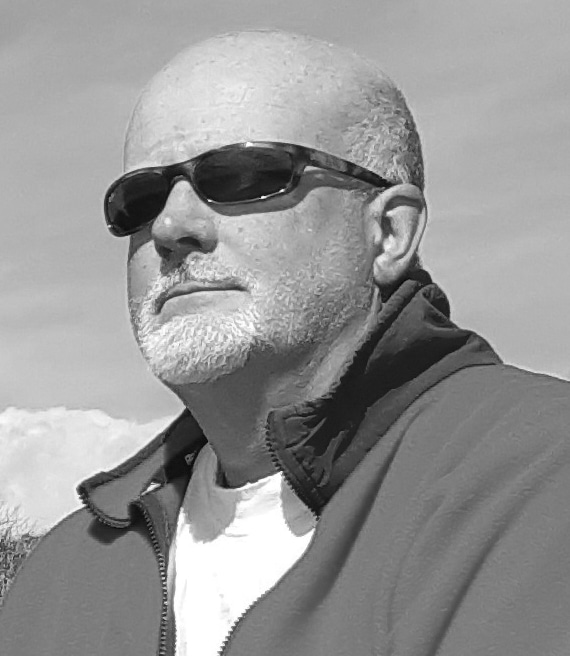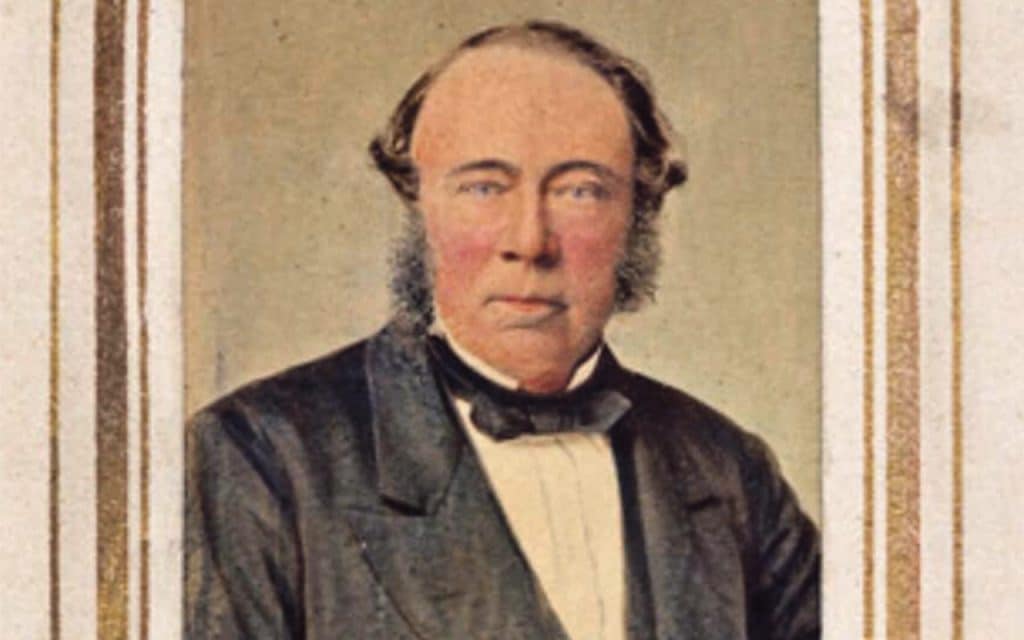
The DNA of West Cork People
Mark Grace is a genetic genealogist and family historian at Ballynoe House, Ardfield, Co. Cork
Extracts from ‘The Genealogy of Eoghanachta O’NEILLs’ (July 2018) courtesy of FTDNA O’Neill Clan Y-DNA project (Dwayne O’Neill, Administrator).
The Eóganachta (or Eoghanachta) were an Irish dynasty dominating the Kingdom of Munster, from the sixth to the tenth centuries. While traditionally founded by Conall Corc, they are named after Éogan Mór, son of Ailill Aulom, a semi-mythological king. The dynasty is a clan-name, more accurately referring to the branches descended from Conall Corc who established Cashel as their royal seat.
Summary points about the Eóganachta:
Origins and Timeline: The Eóganachta rose to prominence in the fifth century, establishing Cashel as their centre and ruling Munster until the 10th century.
Descent: They were a powerful dynasty descended from Éogan Mór, son of Ailill Aulom.
Geographic Influence: Their power extended throughout southern Ireland, particularly the Kingdom of Munster, and later the Kingdom of Desmond and its offshoot Carbery.
Royal Seat: Conall Corc established Cashel as their royal seat in the late fifth century.
Decline: The Eóganachta’s dominance began to decline in the late ninth and early tenth centuries, with the Dál Cais (or Dalcassians) rising to prominence.
Historical texts list the lineage of the of Eoghanachta/Eoghanand O’Neill Sept as follows: Oilill Olum, and his son; Eoghan Mor, and his son; Fiacha Muilleathan, and his son; Oilill Flann Beag, and his son; Lughaid, ancestor of all Eoghanachta, and his fourth son; Corc, the Eoghanachta and kingship of Munster, who had 11 sons.
From Nadfraoich son of Corc, were the Eoghanacht of Cashel and the Eoghanacht of Glanworth and the Eoghanacht of Aine (Knockeiney)and the Eoghanacht of Airthir Cliach (Tipperary town district).
From Cas, son of Corc, were the Eoghanacht Raithlenn and Ui Eachach Mumhan (the O’Mahonys, O’Donoghues etc. in West Cork): Cas, son of Corc, and his son; Eochu, and his son; Criomthann, and his son; Laoghaire.
The Book of Munster (An Leabhar Muimhneach) is a significant Irish genealogical manuscript that provides a detailed account of the history of Munster, Ireland. It was compiled from ancient records and includes information on the kings, chiefs, clans, and principal families of Munster.
The Book of Munster has a genealogical poem of Cathan O’Duinnin written in 1320, containing 126 stanzas and traces the branching out of the Cineal Laoghaire – the O’Donoghues and about 50 other kindred families.
• Laoghaire, son of Criomthann, provides the name for the sept Cinel Laoghaire.
• Ughoin provides the name of the sept Corca Ughoin.
• Corc Niall, from whom the O’Neill of Eoghanachta descended. It is this line where the Y-DNA evidence mentioned in my last piece supports the historical narrative, and that the O’Mahonys and O’Neills in West Cork share a more ancient genetic heritage (pre C16th) as indicated by the Reenroe, Cashelisky, Ballinard, Knocks and Derrimilleen O’Neills DNA study.
Research Updates
Since my last piece we have received the DNA results of a project participant from Knocks, who provided a number of matching DNA segments, one of which is shown to trace back to common ancestor Felim Mór (Ballinard). So far, the DNA has additionally shown in that previously reported, the Knocks and Reenroe O’Neill families are connected and that half a dozen previously unknown DNA testers related to the Knock family were found using atDNA. The family tree for the Ballinard O’Neill line was discovery in another family tree and has been tied in. There is no DNA proof connecting the family who remained in that home townland with the branches that left, i.e., no new testers. While the atDNA (family or nuclear DNA) has not matched anyone in the Derrimilleen line yet, we have already established their connection through the FTDNA Y-DNA project.
As is common to my own research, all trees related to this group of O’Neills flounder when trying to go further back than the 1820s. Opinions differ, as there are no records. We will continue to rely on any family stories that get passed down to tie everyone into the critical generation between 1750 and 1800; the immediate descendants of Felim Mór. Nothing has appeared as detailed as the letters from Knocks discussed earlier in the year.
Of a general nature for those researching their family histories online and using their DNA, there are some key updates in recent months:
• 23andMe has been bought and appears will continue under new management.
• MyHeritage is no longer taking uploads of DNA data from other testing companies, which is a great disappointment to those of us who have used MyHeritage’s tool to advance research and crossmatch. Those interested in expanding their connections (especially Ancestry testers), will now have to test separated with them. Test kits can be obtained for as little as €39. Collaborators can still upload DNA data to GEDmatch from any source.
• Ancestry has tinkered around with its interface several times so is becoming more difficult to navigate for those starting out. There is a lot to set up to ensure the algorithms work properly. There has also been an ‘ethnicity’ update this year. Since they introduced ‘Pro Tools’ for an additional fee, some of the detail for DNA matches is no longer available unless you pay for that service. DNA connections are limited to fourth cousins (previously sixth) and some of the match lists are limited also.
Don’t forget if you are looking to start your own family DNA project to keep an eye out for pre-Christmas offers that will give you a head start before the Christmas rush!
Questions for future articles can be emailed to DNAmatchingprojects@gmail.com. Private client services available. Follow the West Cork DNA blog on Facebook ‘My Irish Genealogy and DNA’.


